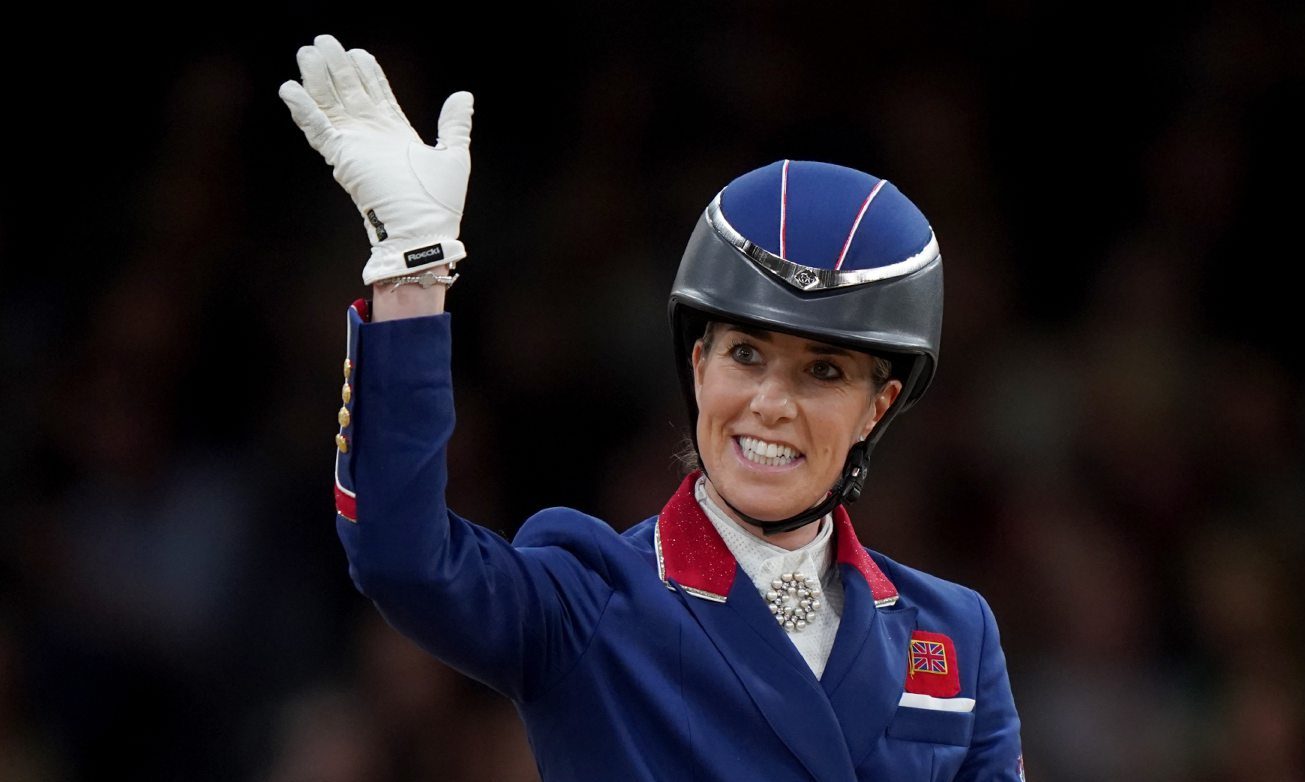Here’s a question to trip up a stubborn fool (me, for instance) who resists words changing meanings: how far back do you go?
Because, unfortunately, most words undergo semantic drift over the years. I cling to current definitions but, taking the long view, they are usually just a passing thing, a fleeting portion of a word’s journey through the language.
Exterminate now means destroy. But 200 years ago it meant to drive a person out of their area or country. “Tonight” in any book written from the 13th to 17th centuries meant “last night”.
A panache was a plume of feathers on a warrior’s helmet. Curious used to mean good. Your shackle was your wrist. Silly meant blessed. Tidy meant punctual. Awful was awe-inspiring. Nice was foolish. Skedaddle was a noun meaning spilled milk.
Noise was used to describe an agreeable or melodious sound. An unmelodious sound was an “absurd”.
Nervous is still given a secondary definition in dictionaries as sinewy and strong, which was once its primary meaning. A bible, in old Scots, was a book of any kind.
A henchman was a servant, one who stood ready at your haunch. You can see the way this will have evolved. A trophy was a frame placed where a foe was vanquished, with their ensigns, armour or other accoutrements hanging on it. Again, you can see the route to the modern meaning.
Until the last few decades of the 18th century, enormous meant abnormal, unusual, or extraordinary; but not necessarily big. Bicker meant to pelt with stones or arrows. A myriad was, specifically, ten thousand. A lavatory was a room for washing.
“Mid” was the Old English for “with”. It survives in midwife; a “with woman”, a woman who is with another giving birth.
One word that retains much of its old meaning is “entertain” which was to give food and lodging. We still entertain guests, though we don’t make a song and dance about it.
Speed was good luck, good fortune. The phrase “god speed”, beloved in Holywood movies, wasn’t just a hope that the rugged hero off on a mission travels fast.
Technology repurposed some words. A dashboard was a plank or leather apron on a horse-drawn carriage to prevent occupants being splashed, or dashed, with mud. An airline was a direct route avoiding turns. An aquarium was a watering place for cattle.
All this makes a stickler like me, who longs for consistency, squirm.
And just to embarrass me further, a “stickler” used to be an appointed person who stepped in to stop a duel when the point of honour had been proved.
Word of the week
Pluvious (adjective)
Pertaining to rain. Pluvia is the Latin for rain. EG: “September is well advanced, we must prepare ourselves for more pluvious weather. So look out your bumbershoot if not quite yet your paraneige.”
Read the latest Oh my word! every Saturday in The Courier. Contact me at sfinan@dctmedia.co.uk




